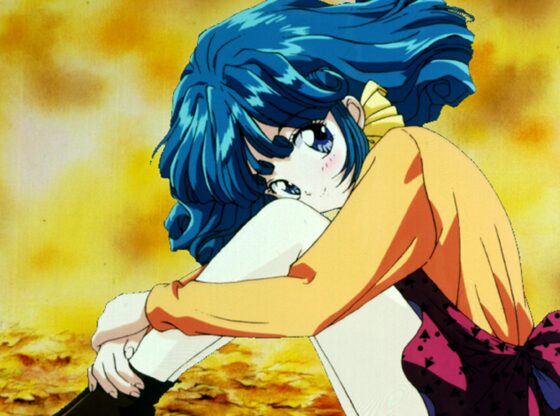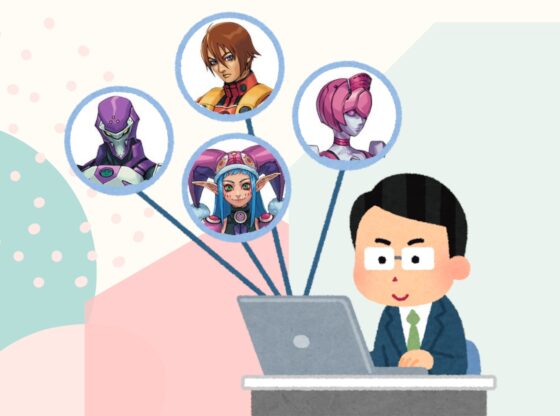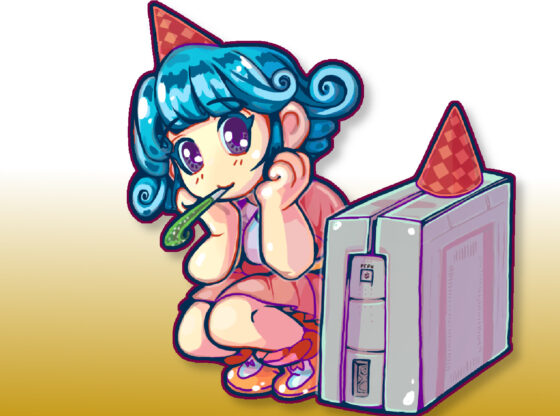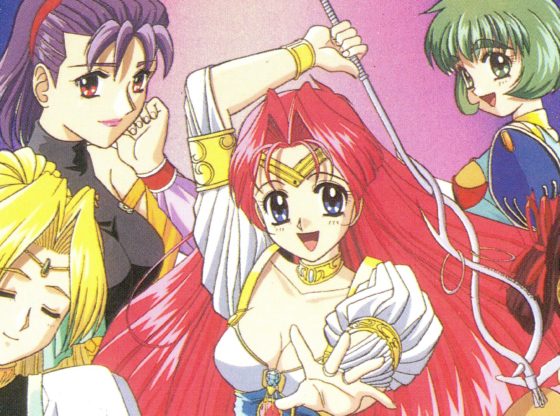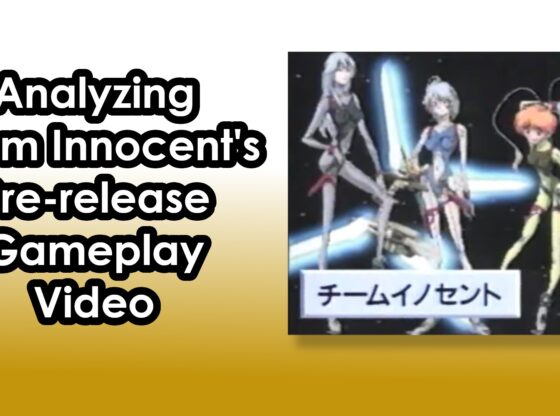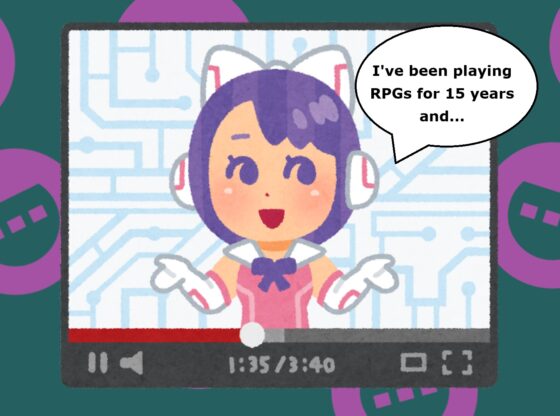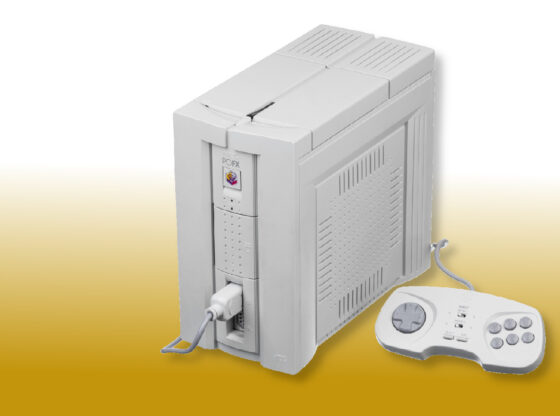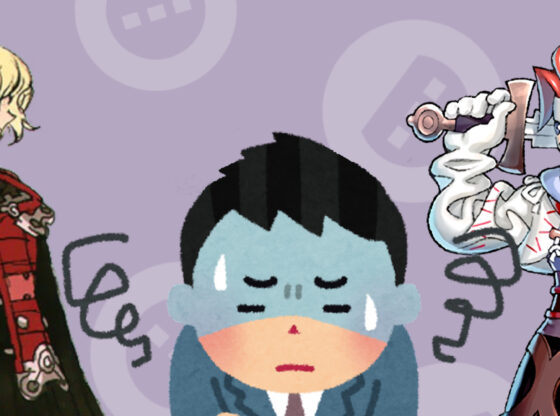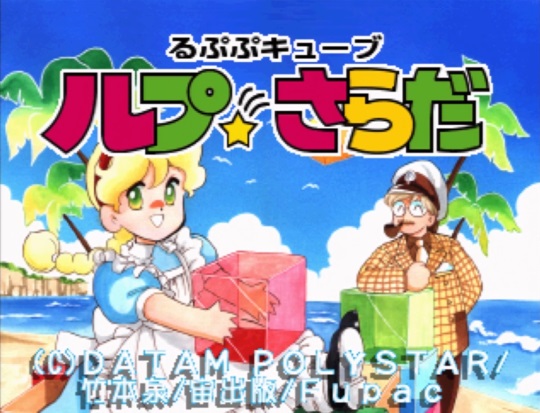
Some games don’t need complicated graphics. The basic idea of Lup Salad’s puzzles could be achieved on something slightly more powerful than a Atari 2600. The player simply clears a board by pushing similar colored blocks into sets of three. Colored rectangles would get the job done. But without its presentation, the game loses most of what makes it charming.
Lup Salad has a commitment to its style. Every bit of the game – its backgrounds, cutscene, sound effects, and music – is crafted around a cute little anime girl.
Each set of puzzles start with her harassing her family in an ordinary scenario. She then imagines being a ghost, lumberjack, princess, nurse or a variety of other roles related to the conversation. The mechanics are unrelated to a chapter’s theme, with the exception of bubble blocks introduced in the underwater levels.
What does change per level are her outfits as well as the accompanying vocal themes, which sound like they’ve been sang by an 8-year-old girl. High pitched grunts add a bit of personality to her movement. You even get a little “bye-bye” if you quit mid-puzzle. Once you complete a set of 10, you’re awarded a cutscene along with artwork.
The game can be quite challenging and reminds me how the Umihara Kawase franchise pairs brutal platforming with relaxing music. Lup Salad’s presentation goes beyond just being adorable. It quells built-up frustration when you’ve spent over an hour banging your head against one puzzle.

